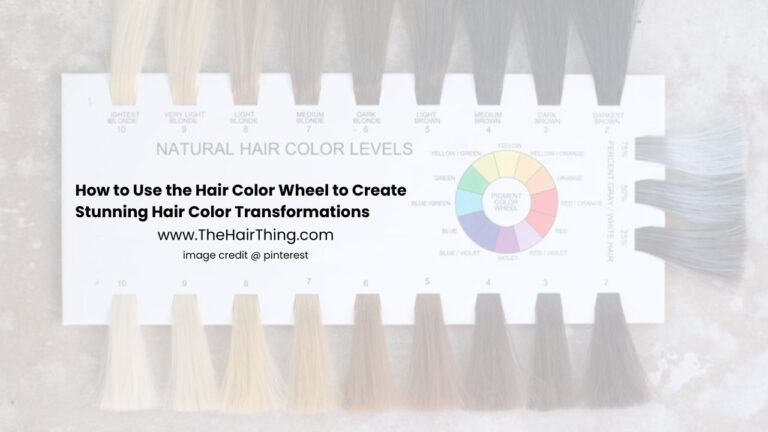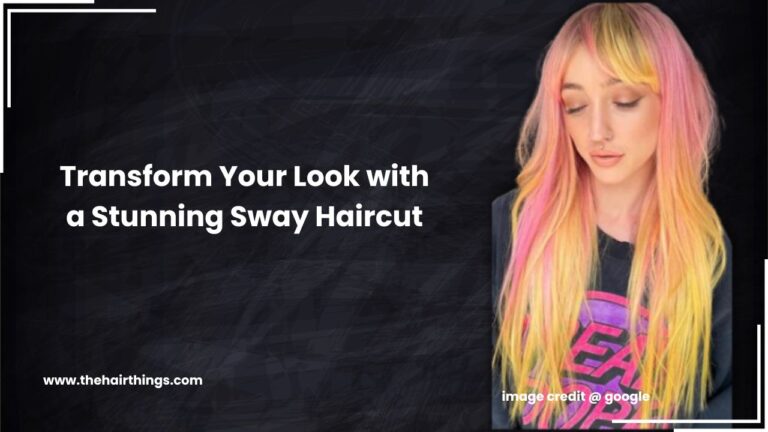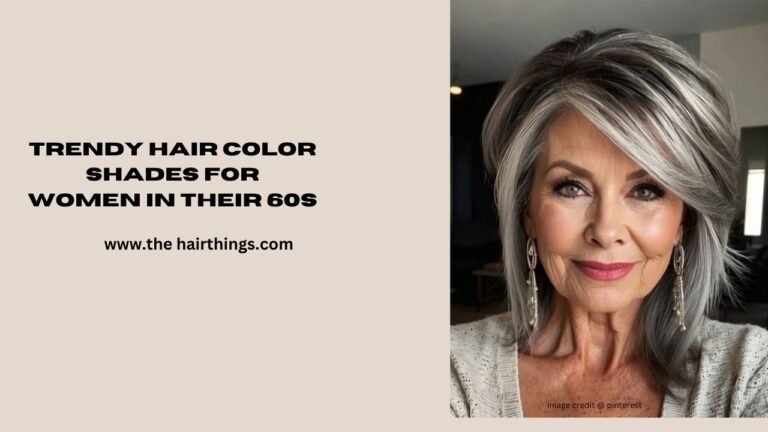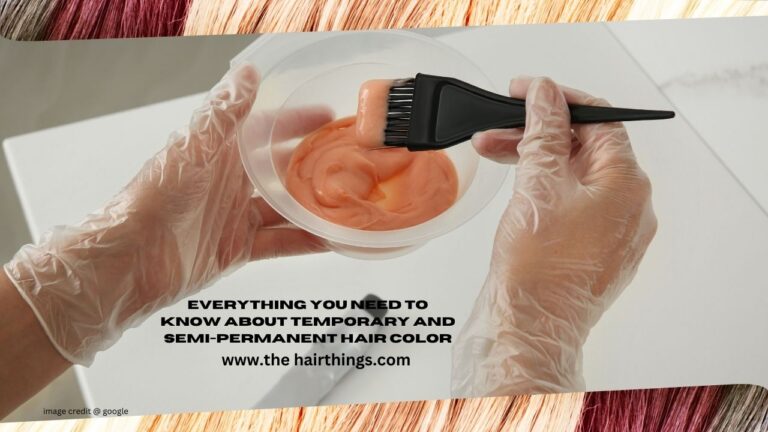The hair color wheel is a fundamental tool used in hairdressing to understand the principles of color theory and how different colors interact when applied to hair. The wheel typically consists of primary, secondary, and tertiary colors arranged in circular form. Here’s a breakdown of the hair color wheel:
Primary Colors:
- Red
- Blue
- Yellow
Secondary Colors:
- Orange (a mix of red and yellow)
- Green (a mix of blue and yellow)
- Purple (a mix of blue and red)
Tertiary Colors:
- Red-orange
- Yellow-orange
- Yellow-green
- Blue-green
- Blue-purple
- Red-purple
When selecting hair dyes and generating custom hair colors for their clients, stylists must comprehend the link between these colors. For instance, unwelcome tones in the hair can be neutralized by using complementary hues, which are opposite one another on the color wheel (red and green, for example).
Additionally, color correction strategies are determined by hairdressers using the color wheel. Examples of these techniques include using violet-based products to tone brassy tones or cool-toned hues to cancel out undesirable warmth.
All things considered, the hair color wheel provides stylists with a visual aid for creating harmonious and attractive hair colors while taking individual preferences, skin tones, and eye colors into account.
Of course! Let’s talk about the hair color wheel and hairdressing.
Understanding the Hair Color Wheel in Hairdressing
Hairdressers and colorists use the hair color wheel as a vital tool to produce stunning and well-balanced hair color combinations. The hair color wheel classifies hair colors according to their undertones and relationships, much like the color wheel used in art and design.
Primary Colors
The primary hues of the hair color wheel are red, blue, and yellow, just like in conventional color theory. These hues serve as the basis for all other hair colors and cannot be produced by blending other colors.
Secondary Colors
Secondary colors are created by mixing equal parts of two primary colors. In the hair color wheel, the primary-secondary color relationships are as follows:
Red + Yellow = Orange
Yellow + Blue = Green
Blue + Red = Violet
Tertiary Colors
Equal parts of two primary colors are mixed to form secondary colors. The primary-secondary color correlations on the hair color wheel are as follows:
Warm vs. Cool Tones
It’s important to understand warm and cold tones while dyeing hair. Reds, oranges, and yellows are examples of warm tones that give hair color vibrancy and warmth. A softer, more muted appearance is produced by cold tones like violet, green, and blue.
Complementary Colors
On the color wheel, complementary hues are positioned across from one another. Together, they produce contrast and can intensify one another’s effects. Red and green, for instance, blue and orange, and yellow and violet are complementary hues.
Neutral Colors
Neutral colors, like brown and beige, are created by mixing complementary colors or by adding varying amounts of black or white. They provide balance and versatility in hair coloring, as they can be used to tone down or soften more vibrant hues.
Color Harmony
The aim of every hair color application is to achieve color harmony. Choosing colors that go well together and match the client’s skin tone, eye color, and personal style is part of this process. Hairdressers combine complementary and pleasing hair color combinations using the color wheel’s principles.
To sum up, the hair color wheel is a vital instrument in the hairdressing industry that offers a methodical way to choose and mix hair colors. Hairdressers may give their clients beautiful, customized hair color outcomes by knowing the correlations between colors and tones.
For hairdressers and colorists to create beautiful hair color transformations, they must have a thorough understanding of the hair color wheel. Professionals can utilize the hair color wheel to assist them figure out which shades go well together and how to balance out undesired tones, much like they can with an art color wheel. Now let’s explore the fundamentals of the hair color wheel:
The Basics of the Hair Color Wheel
The primary, secondary, and tertiary hues on the hair color wheel are all essential to hair coloring:
- Primary Colors: The creation of all other colors begins with these three primary hues. The primary hues of the hair color wheel are yellow, blue, and red.
- Secondary Colors: Two primary colors are mixed in equal parts to form these. The hair color wheel’s secondary hues are violet (blue + red), green (blue + yellow), and orange (red + yellow).
- Tertiary Colors: These are produced by combining a nearby secondary color with a main color. Yellow-violet, blue-green, and red-orange are examples of tertiary hues, which offer a vast spectrum of nuances and shades.
Using the Hair Color Wheel for Hairdressing
The hair color wheel is used by colorists and hairdressers to:
- Select Complementary Shades: On the color wheel, complementary hues are situated opposite one another. They balance each other out when combined. Green, for instance, balances out red tones, which makes it a perfect hue to use when adjusting hair color that has too much warmth.
- Create Harmonious Blends: On the color wheel, analogous hues are adjacent to one another and have comparable undertones. Natural-looking color blends and smooth transitions can be accomplished by using similar colors.
- Achieve Desired Results: Understanding color theory allows hair professionals to predict the outcome of mixing different shades. For instance, combining yellow with blue creates green tones, which can be useful for achieving specific color results.
- Correct Color Mistakes: When hair color doesn’t turn out as expected, the hair color wheel comes to the rescue. By identifying the unwanted tones and their complementary colors, colorists can effectively correct color mishaps and restore balance to the hair.
Conclusion
For hairdressers and colorists, knowing the hair color wheel is an invaluable ability that will enable them to confidently create beautiful color alterations. Proficiency in color theory and the utilization of complementary and analogous tones can enable experts to release their creative potential and produce remarkable outcomes for their clientele.








